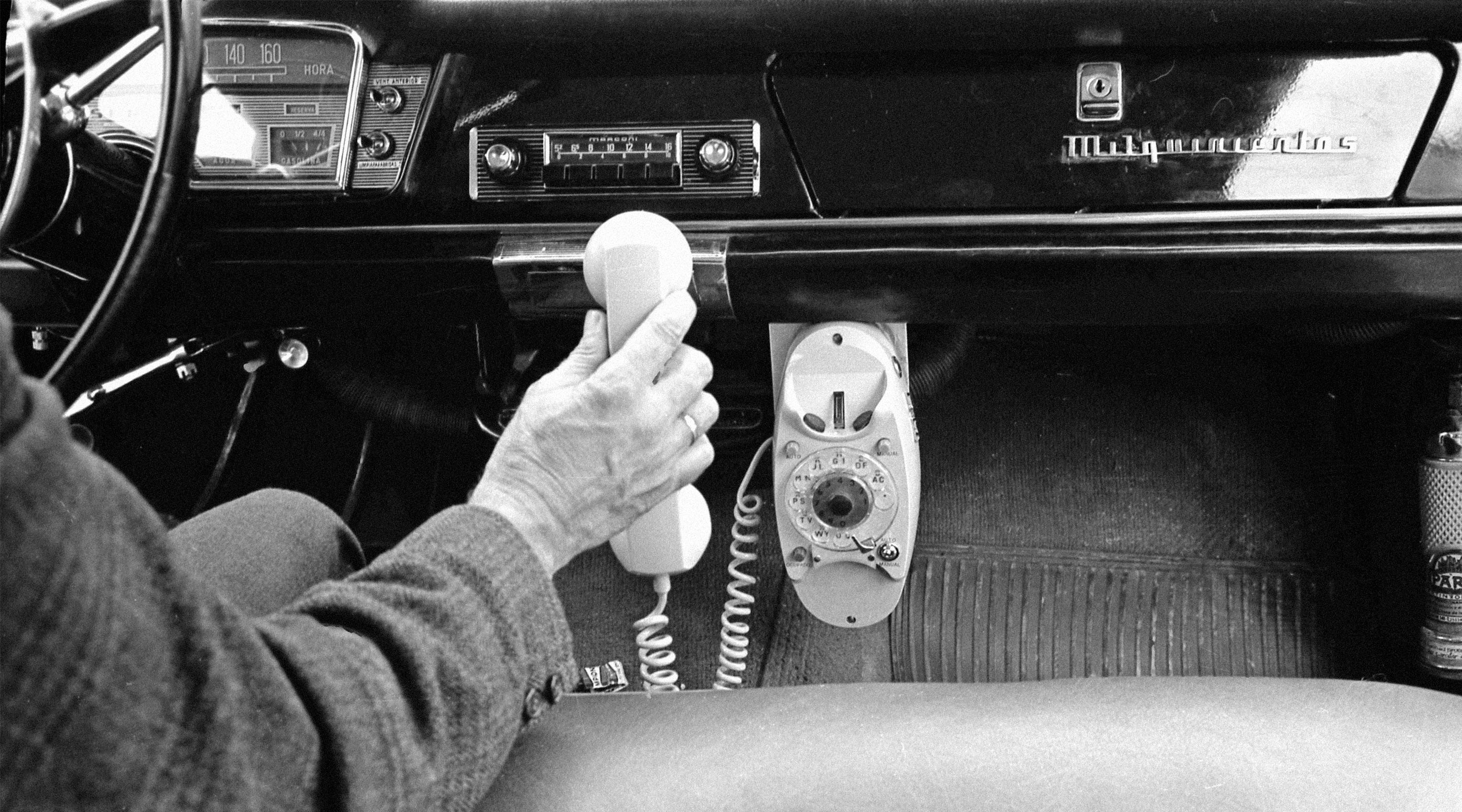
1977
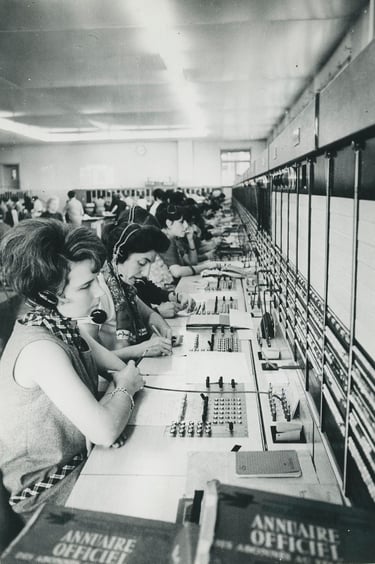
400 customers have already experienced the benefits of talking on the phone in the car with the TAV system, while a new submarine cable to Venezuela improves communications with the Americas.
Venezuela and Spain linked by a new submarine cable
01
In 1972, we had started negotiations for a collaboration with the Compañía Anónima Nacional de Teléfonos de Venezuela (CANTV) and began a series of exchanges of information and experience, which led in 1977 to the signing of a final and complementary agreement for the construction, laying and commissioning of the COLUMBUS-1 submarine cable system between Venezuela and Spain across the mid-Atlantic. The new cable, with a length of 6,012 kilometres, 503 repeaters and 1,840 channels, was inaugurated on 12 October. This cable, together with the commissioning of the Bolivia-Spain shortwave link, made it possible to have direct circuits with all Latin American countries except Honduras.
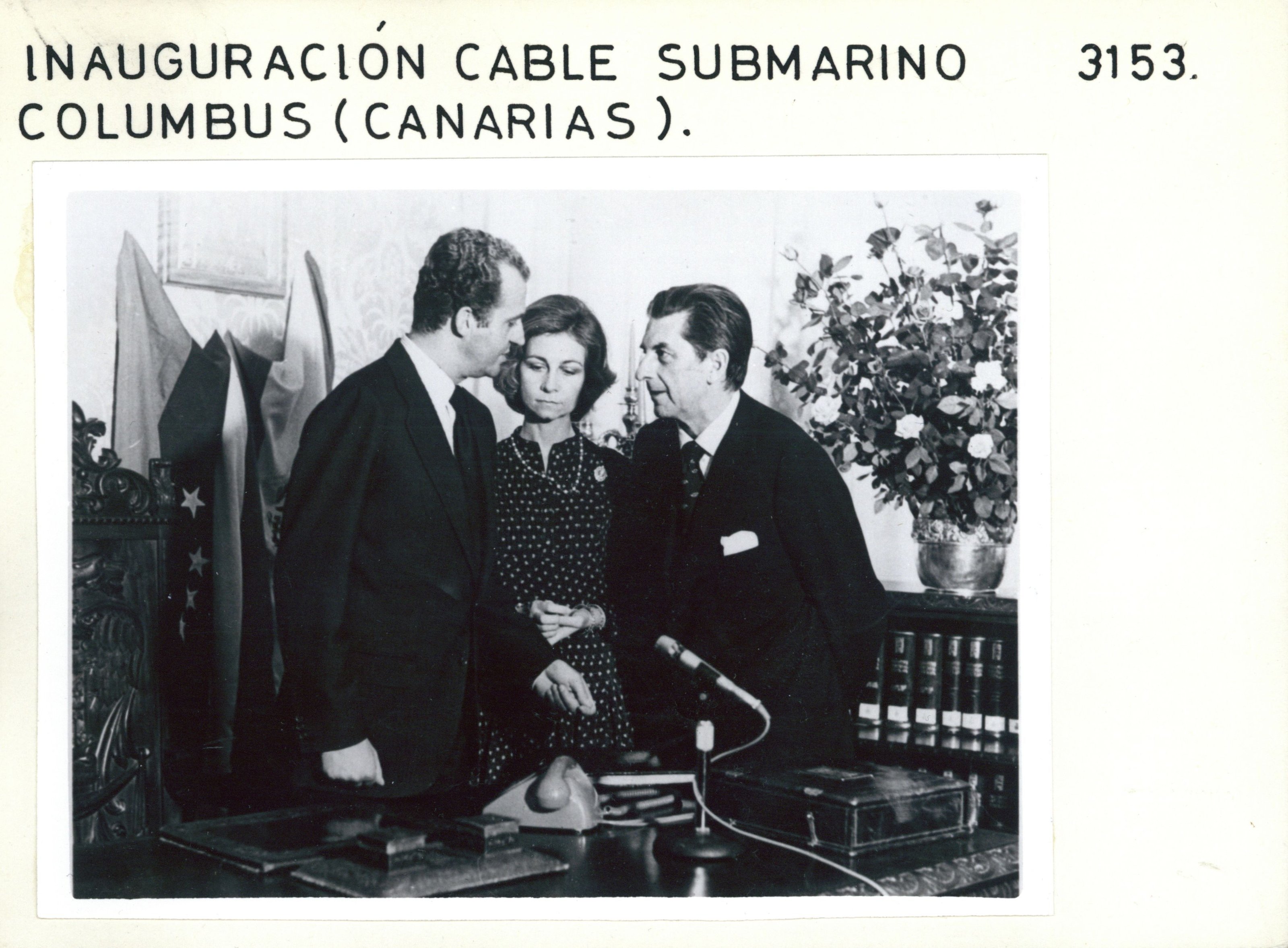
The maturity of automation
02
The year 1977 was an economically not so easy year, with a historic milestone: on 15 June 1977, the first free and democratic elections since the Second Republic were held. In this context, Telefónica is moving ahead with its deployment plans at a good pace, focusing on automation of both the telephone exchange and the service. By December 1977, 95% of the telephone lines were already automatic. Also noteworthy this year is the Rural Automation Plan, which implies an extra effort for the coming years.
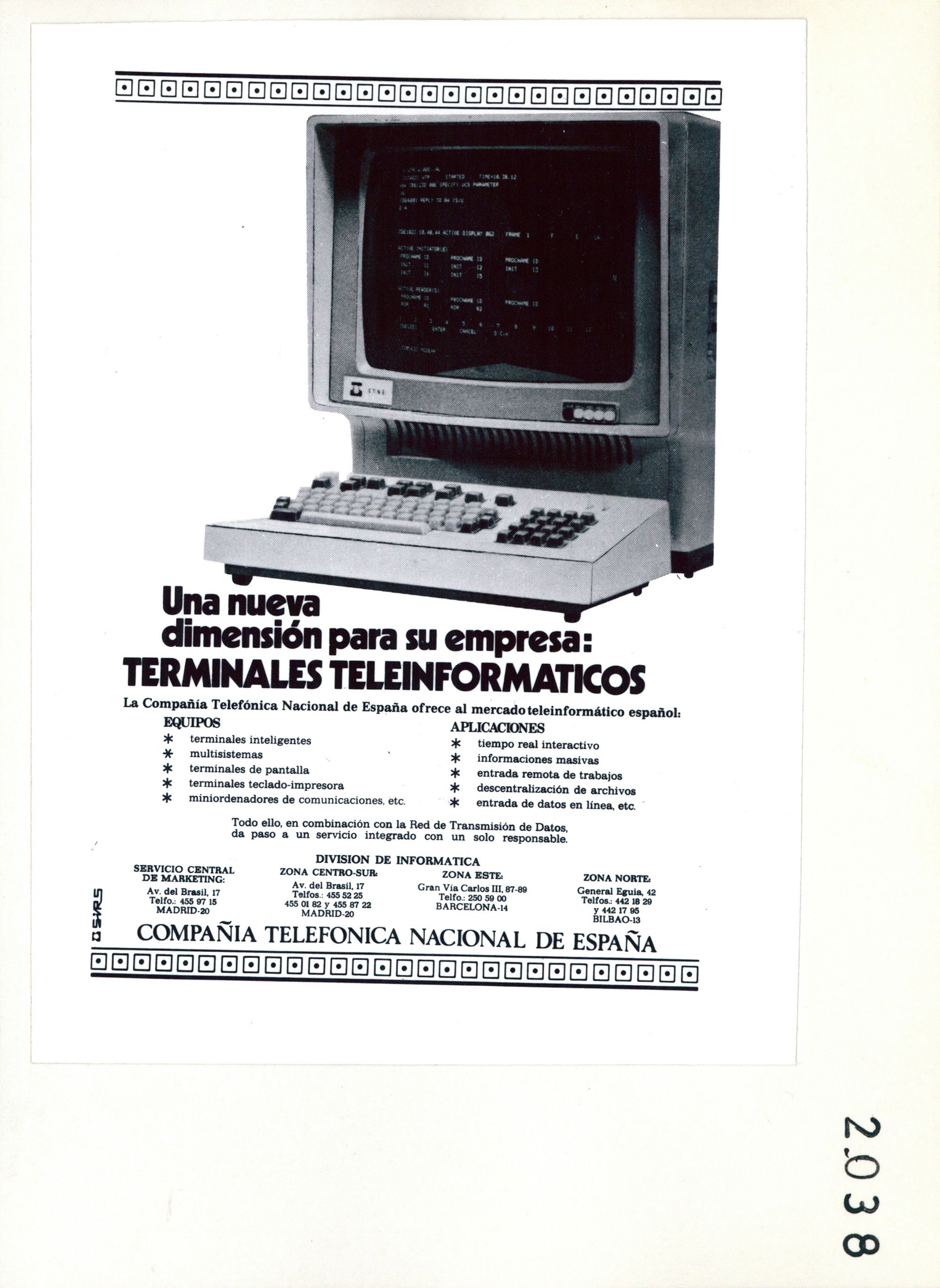
Car-to-talk service already has 400 subscribers
03
Telefónica pioneered a mobile telephony system in Europe, which was not yet cellular, Automatic Telephony in Vehicles (ATV). It worked in the 200 MHz frequency band and could not be removed from the car, and included heavy terminals "embedded" in the boot of the vehicles, connected to an external antenna and a handset with a dialing disc or keypad located in the armrest. Introduced three years earlier, in 1977, the TAV was already serving some 400 subscribers, most of them in vehicles belonging to high-ranking government and Telefónica officials.
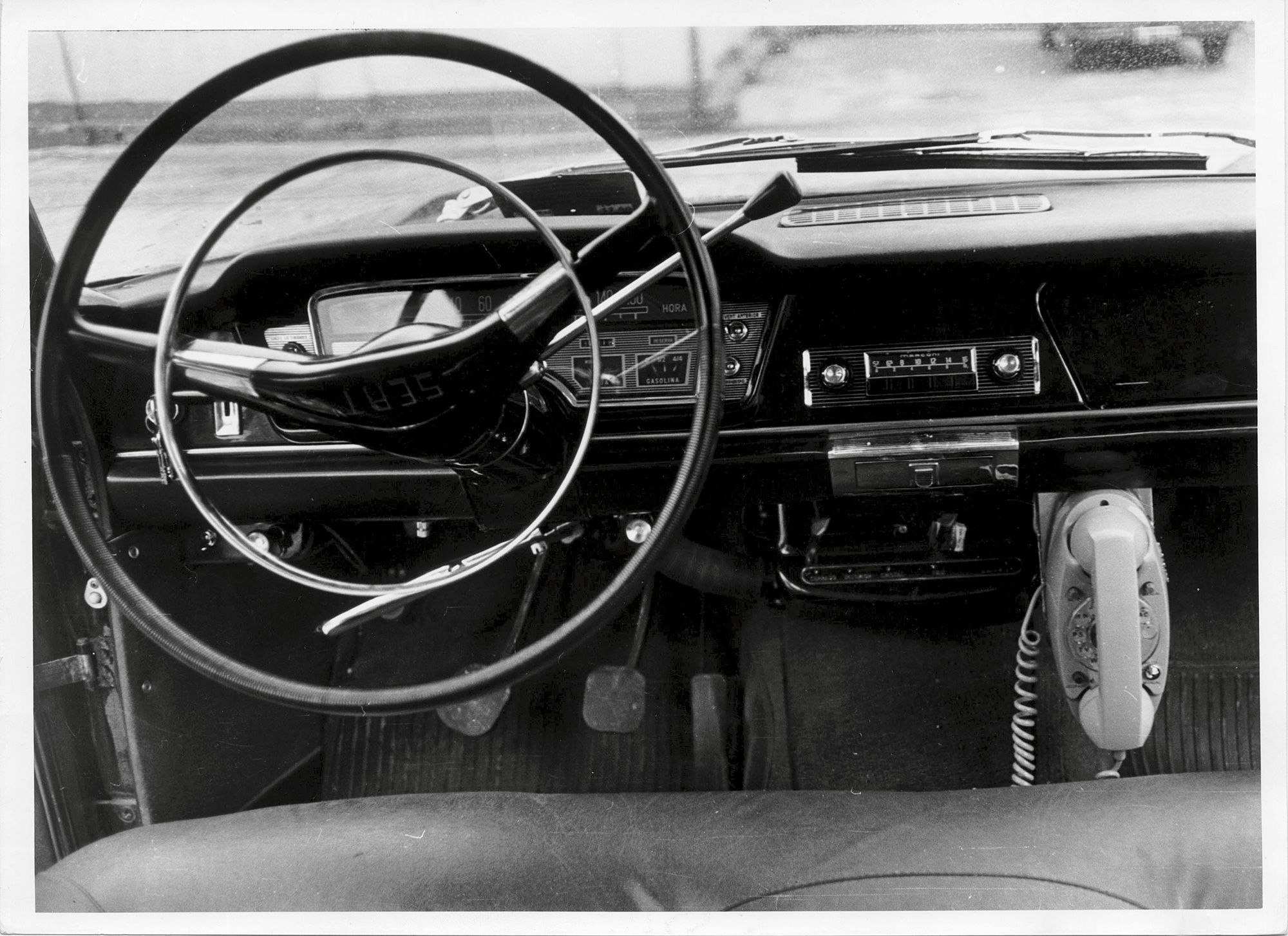
Do you have doubts about what happened?
Ask Aura